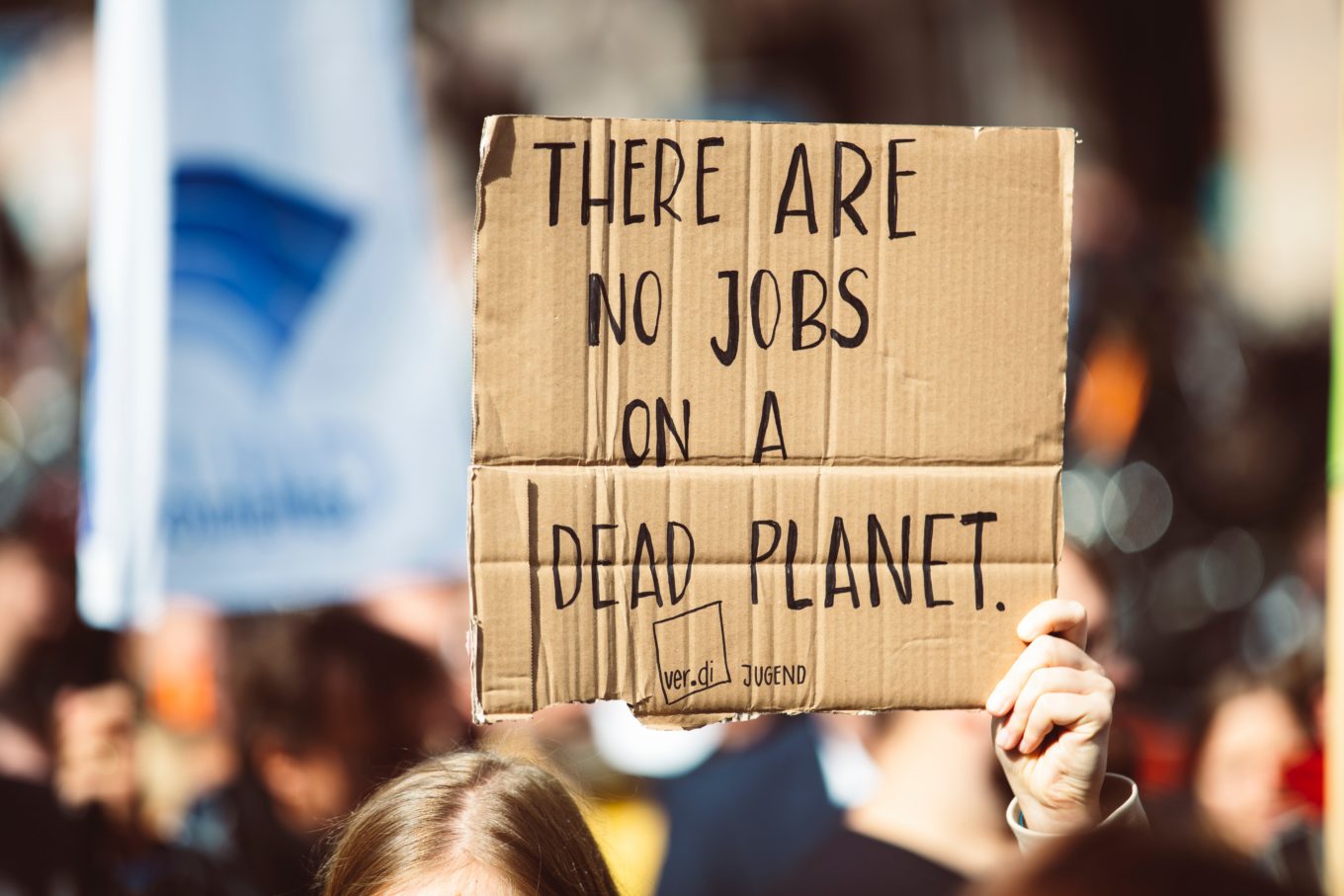COP26 Wrap-up: Five Priorities for Climate Engagement in 2022
Seizing the Post-COP26 Communications Mandate
After an intense two weeks at COP26 in Glasgow, the world’s climate advocates, scientific experts and policy gurus have earned a welcome respite. But as stated repeatedly by attendees, the hard work is just beginning.
That’s even more true for the private sector, which will be expected to lead the charge to develop new technologies, improve supply chains, and make even greater commitments to cut their carbon footprint.
So how should communications and public affairs leaders respond?
The mandate for robust, meaningful communications on climate change from business has only grown stronger after Glasgow. Here are five priorities for climate engagement in 2022, as we look ahead to COP27 and the opportunity for ongoing dialogue.
COP26 Wrap-up | Put climate at the top of the 2022 agenda
Political and business leaders and the public increasingly recognise climate change as a systemic, global challenge that requires continual attention. Companies that were vocal about their ambitions during COP26 will be expected to stay vocal. And companies that kept a low profile will face greater pressure to speak up – and take action.
Building climate into 2022 communications and public affairs plans from the start is key. While it sounds simple, amidst ongoing COVID-19 challenges, economic uncertainty, continued discussions about diversity, equity and inclusion, and many other priorities, bandwidth is limited. Communications, public affairs and corporate affairs leaders may need to be emphatic in showing the C-suite how climate sits at the heart of the relationship with consumers. And in addition, they may need to highlight how almost all climate issues are now political, meaning incorporating climate policy and regulation into public affairs activity is important.
COP26 Wrap-up | Start preparing for COP27 and COP28 – and what happens before and after
Although COP26 was a step forward, major issues around fossil fuels, climate finance and climate adaptation were not resolved. This rachets up the importance of COP27, hosted by Egypt next year, and COP28, hosted by the United Arab Emirates in 2023.
Even with plenty of advanced notice, many companies left their COP26 planning until relatively late. That may have meant missing opportunities to shape the discussions ahead of the summit, highlight their commitments, and add their voice to the calls for more ambitious agreements.
Because the next two summits’ hosts have been confirmed, communications leaders have a unique opportunity to take a long-term view on COP activity. That includes building deeper, more impactful partnerships that can run for two years, developing programmes that can be measured in 2022 and 2023, and conducting more sustained engagement with stakeholders to avoid the crowded on-the-ground COP environment.
COP26 Wrap-up | Treat greenwashing as the new climate denial
FleishmanHillard’s global Authenticity Gap research shows the public demands authenticity in climate communications. But companies in several high-profile sectors were left exposed at COP26 – expressing concern for the environment, while refusing to sign up to major agreements to cut emissions.
They faced strong criticism that reflects the rapid shift toward greenwashing as the new climate denial.
Several years ago, climate denial was a boundary line for being seen as credible and serious. Now greenwashing is the boundary line. Companies that make positive statements designed to boost their reputation, without taking real action, can expect to lose consumers’ support, be excluded from policy discussions, and face media scrutiny. It means that climate-related communications activity must be even more closely integrated with business and operational decisions, and not treated first and foremost as a reputational boost.
COP26 Wrap-up | Make 2030 the new 2050
Companies spent much of 2021 talking about their 2050 goals, only for discussions at COP26 to dramatically tighten the timeline for action because significant progress is required this decade to keep 1.5C in sight. This means 2030 is the new 2050.
Communications leaders will need to quickly reassess their messages, particularly in the context of net zero commitments. For some, it will require identifying new interim targets and short-term measures. For others, it will mean reshaping their communications approach to put 2030 actions at the forefront, rather than potentially bigger but less tangible 2050 targets.
Across the board, the best approach will involve specific, detailed plans for carbon reductions, as companies that focus heavily on undeveloped technologies or hypothetical innovations may face tough questions about whether their goals are achievable.
COP26 Wrap-up | Address climate inequality alongside business decisions
Some of the most powerful moments at COP26 came from heads of state, experts and activists from low-income developing countries that produce the lowest levels of carbon emissions, are most vulnerable to climate change, and have the fewest resources available for mitigation and adaptation. With COP27 and COP28 hosted by Global South countries, expect climate inequality and injustice to be an even greater part of the discussions.
For companies with operations or sourcing needs in developing countries, the debate will likely shift from reducing local impact to a wider obligation to support climate adaptation and climate finance. That means not just improving an organisation’s environmental footprint at a production site or evaluating their supply chain, but advocating more aggressively for financial assistance and other measures that help the countries in which they operate.
In addition, companies may encounter greater scrutiny of their philanthropic initiatives. For example, a company that supports international development programmes related to poverty, education or gender equality may be challenged around those issues’ connection to climate change – or pushed to address a gap between the impact of that company’s carbon footprint on developing countries and its link to addressing humanitarian or societal needs.
Michael Hartt, senior partner and head of international affairs, leads FleishmanHillard’s COP26 Unit.
Find Out More
-
Achieving Outsized Impact by Building Stronger Country Reputation
February 18, 2025



